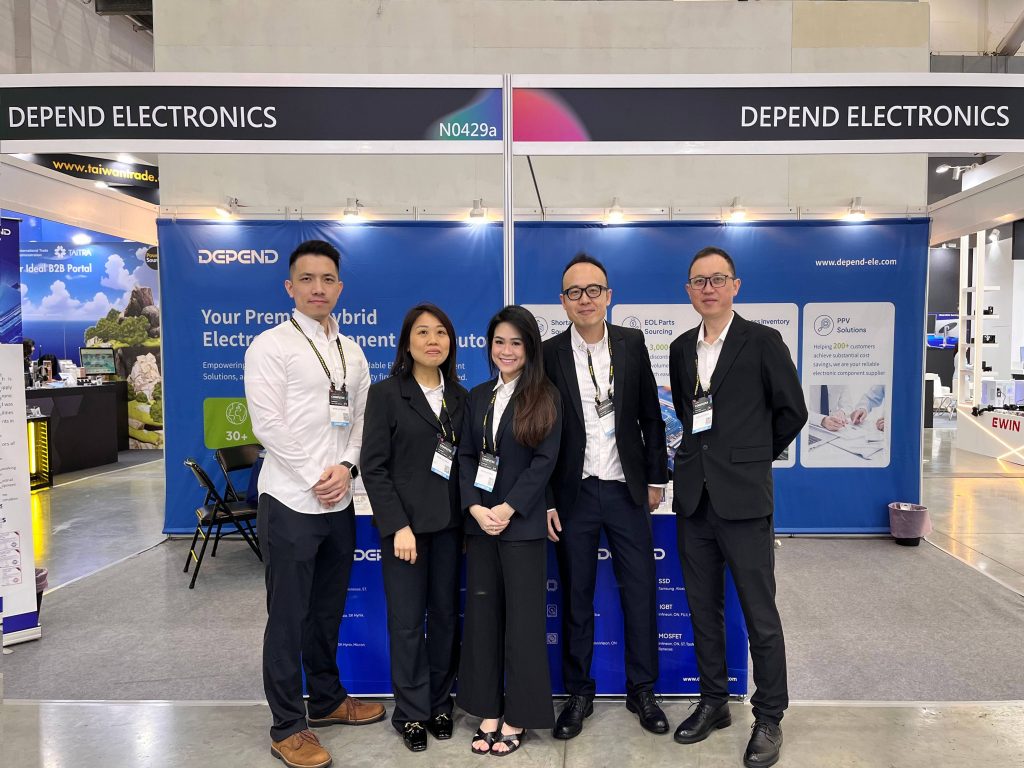On June 4, 2024, Taipei, Taiwan—COMPUTEX TAIPEI is grandly held at the Nangang Exhibition Center Halls 1 and 2, bringing together 1,500 elite companies from the global tech industry. The event spans 4,500 booths and 14 themed areas, expected to attract 50,000 visitors from home and abroad, making it the largest yet.

Undoubtedly, “COMPUTEX TAIPEI 2024” marks our fourth stop in expanding our business footprint. On the 4th, DEPEND Electronics appeared at COMPUTEX TAIPEI 2024, showcasing our capabilities in the electronic component distribution industry, as well as our product and quality inspection/testing services designed to meet diverse and flexible customer needs.

With over 20 years of deep cultivation in the field of electronic components, DEPEND is known for its professional and safe reputation within the industry, as well as its excellent quality and rapid delivery capabilities. We look forward to collaborating with end-brand manufacturers, EMS providers, and solution designers from all over the world at COMPUTEX to explore new market opportunities together.
We sincerely invite you to visit us for guidance and cooperation. Our booth number is 4F-N0429a, and we look forward to seeing you there!

This year, after participating in “NEPCON JAPAN 2024” in Japan, “CES 2024” in the United States, and “CommunicAsia 2024” in Singapore, “COMPUTEX TAIPEI 2024” in Taiwan is our fourth stop. Next, we will continue to participate in exhibitions such as NEPCON Vietnam and Electronica in Munich, Germany. We look forward to your continued attention and discussions for cooperation.